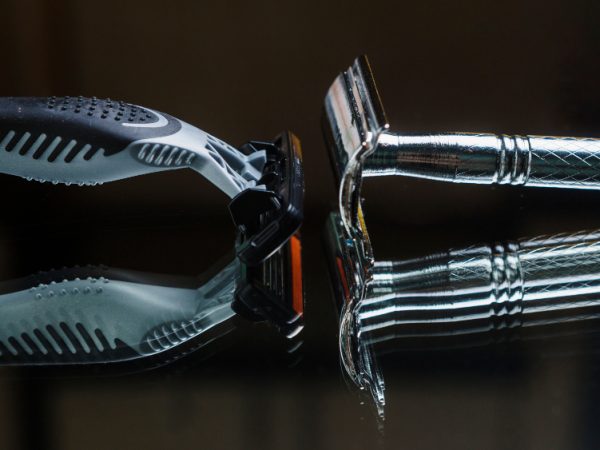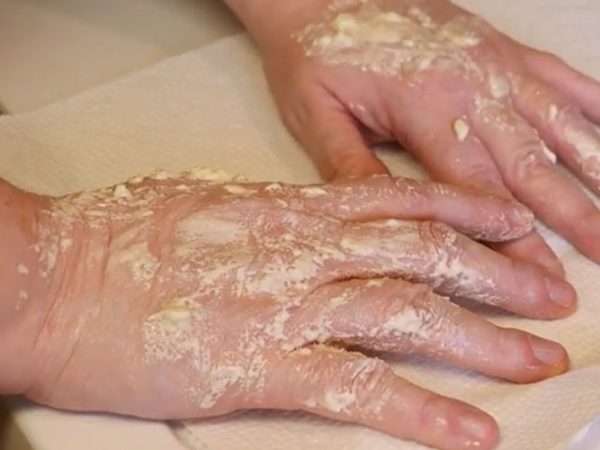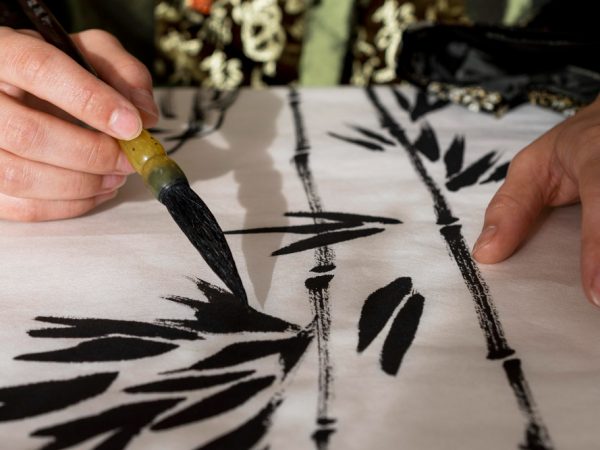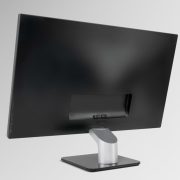Primer and Sunscreen: Which Comes First in Your Routine?
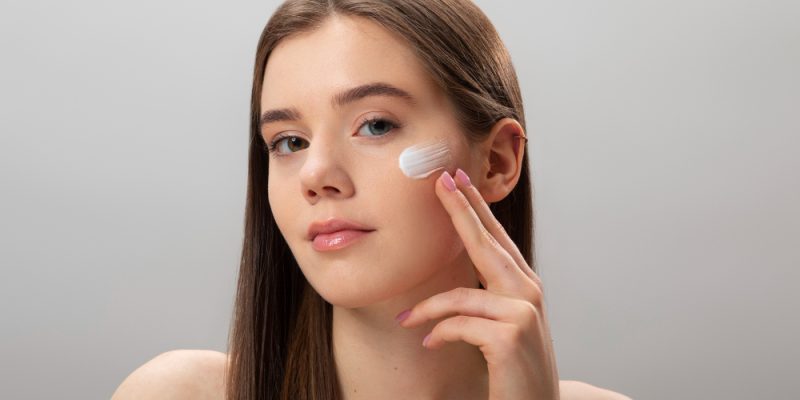
When it comes to building the perfect skincare and makeup routine, the order of products can make or break your results. One of the most common questions beauty lovers ask is: “Should I apply primer or sunscreen first?”
Both products serve important purposes—sunscreen protects your skin from UV damage, while primer preps your skin for makeup application. But layering them incorrectly can reduce sun protection or cause your makeup to slide off.
In this expert guide, we’ll explain the correct order, why it matters, and how to get the most out of both products.
The Role of Sunscreen in Your Routine
Sunscreen is non-negotiable. Dermatologists recommend applying a broad-spectrum SPF 30 or higher daily to protect against UVA (aging) and UVB (burning) rays. Without sunscreen, skin is vulnerable to premature aging, sunburn, and even skin cancer.
When layering skincare and makeup, sunscreen should always be applied as the last step of skincare but before makeup.
The Role of Primer in Makeup Application
Primer is a cosmetic product designed to smooth your skin, blur imperfections, and help makeup last longer.
- Fills in pores and fine lines
- Reduces oiliness and shine
- Provides a smoother surface for foundation
- Can add hydration, mattifying, or glow effects depending on the formula
Primer doesn’t replace sunscreen—it works purely as a makeup prep step.
Primer vs. Sunscreen: Why Order Matters
Applying primer before sunscreen would create a barrier that prevents sunscreen from properly adhering to the skin. This reduces sun protection.
On the flip side, applying sunscreen first ensures that your skin gets maximum UV defense, while primer acts as a makeup-friendly topcoat.
Correct order: Sunscreen → Primer → Foundation
How to Layer Sunscreen and Primer Correctly
Here’s the step-by-step process:
- Cleanse & moisturize your skin.
- Apply sunscreen generously (¼ teaspoon for your face). Wait 3–5 minutes to let it absorb.
- Apply primer evenly over sunscreen.
- Follow with foundation or BB/CC cream.
This method ensures you’re protected and your makeup stays in place.
What About Primers with SPF?
Some primers contain SPF, combining both steps in one. While convenient, they may not provide enough sun protection unless applied in generous amounts—which most people don’t do with makeup.
- If you’re outdoors for long hours: Use a dedicated sunscreen + primer.
- If you’re mostly indoors: A primer with SPF may be sufficient for light protection.
Dermatologists generally recommend always using sunscreen separately for best coverage.
Common Mistakes to Avoid
- Using too little sunscreen: Always apply enough to cover your face and neck.
- Skipping sunscreen if foundation has SPF: Makeup SPF is not enough on its own.
- Rubbing products together: Pat sunscreen in, let it settle, then apply primer.
- Applying sunscreen after primer: This disrupts sun protection.
Sunscreen Types and How They Work with Primer
There are two main types of sunscreens:
- Chemical Sunscreen: Absorbs UV rays. Lightweight, blends well under makeup. Example: avobenzone, octocrylene.
- Mineral (Physical) Sunscreen: Sits on skin and reflects UV rays. Contains zinc oxide or titanium dioxide. Can feel heavier but provides immediate protection.
Both types work under primer, but chemical sunscreens generally feel smoother for makeup layering.
How to Reapply Sunscreen Over Makeup
One challenge is reapplying sunscreen throughout the day. Options include:
- Sunscreen sprays/mists: Can be applied lightly over makeup.
- Sunscreen powders: Convenient for touch-ups and reducing shine.
- Sunscreen sticks: Targeted application without smudging.
These allow you to maintain sun protection without ruining your foundation and primer.
Expert Tips for a Flawless Base
- Wait at least 5 minutes after sunscreen before applying primer to avoid pilling.
- Choose a hydrating primer if your sunscreen is mattifying, and a mattifying primer if your sunscreen is dewy.
- Opt for oil-free formulas if you have oily or acne-prone skin.
- Always do a patch test when trying new combinations.
Best Primer & Sunscreen Combos
Some product pairings are known to work well together:
- Chemical sunscreens + silicone-based primers = smooth finish.
- Mineral sunscreens + hydrating primers = prevent dryness or chalkiness.
- Tinted sunscreens + illuminating primers = natural, glowing base with less foundation needed.
Experiment to find the best duo for your skin type.
Conclusion
So, should you apply primer or sunscreen first? The clear answer: Sunscreen always goes before primer.
Think of sunscreen as your skin’s bodyguard—it needs direct contact to do its job. Primer then creates the perfect canvas for your makeup, ensuring it stays put all day.
By applying products in the right order, you’ll enjoy strong sun protection, smooth makeup application, and a long-lasting, flawless finish.
FAQs
1. Do I need both sunscreen and primer?
Yes. Sunscreen protects your skin, while primer preps it for makeup. They serve different purposes.
2. Can I skip primer if I’m wearing sunscreen?
Yes, if you don’t need makeup longevity. Primer is optional, sunscreen is not.
3. What if my moisturizer already has SPF?
It can help, but dermatologists still recommend using a dedicated sunscreen for reliable coverage.
4. How long should I wait between sunscreen and primer?
About 3–5 minutes to let sunscreen absorb fully.
5. Can I apply sunscreen on top of primer?
No. Sunscreen should be the last step of skincare, directly on skin, before primer and makeup.
Also read: Throbbing Pain Under Acrylic Nail: Causes & How to Treat It





